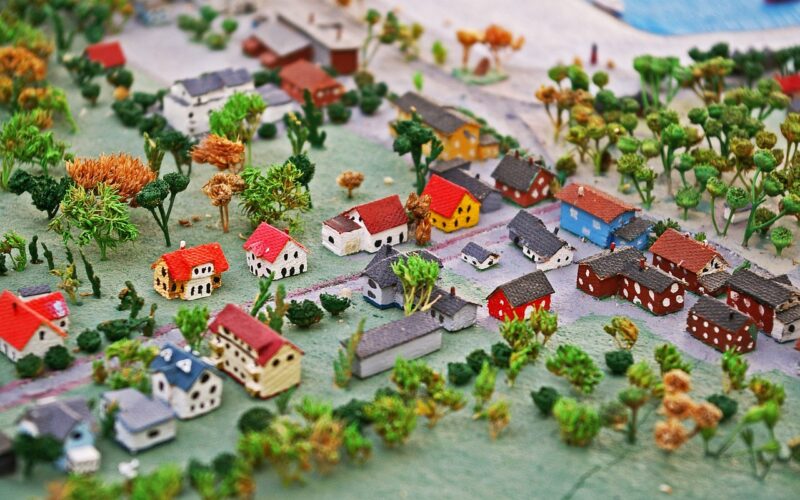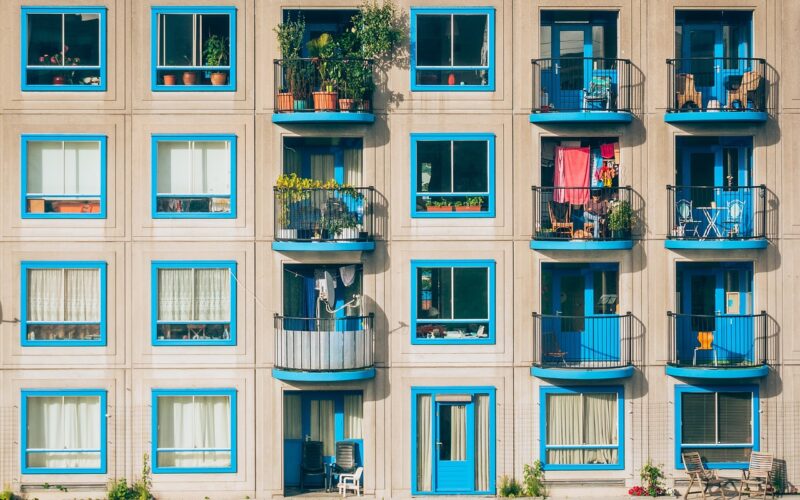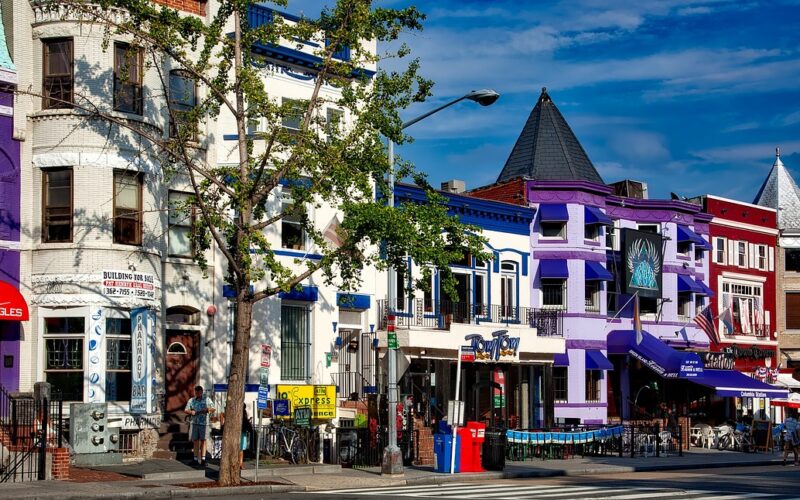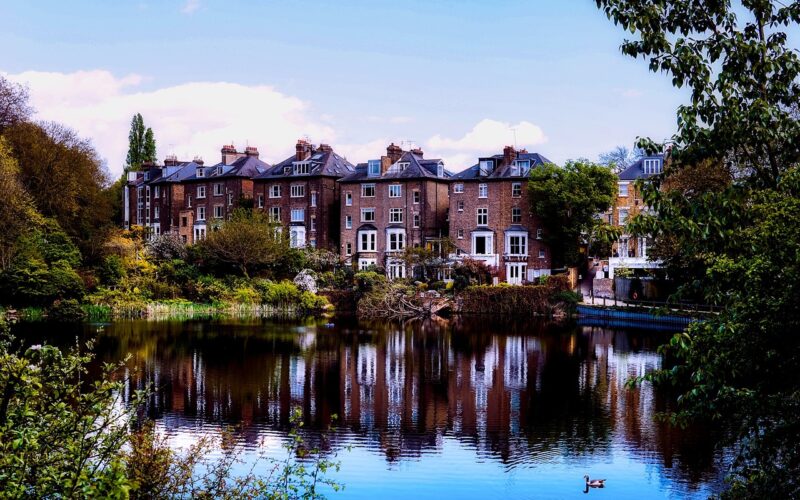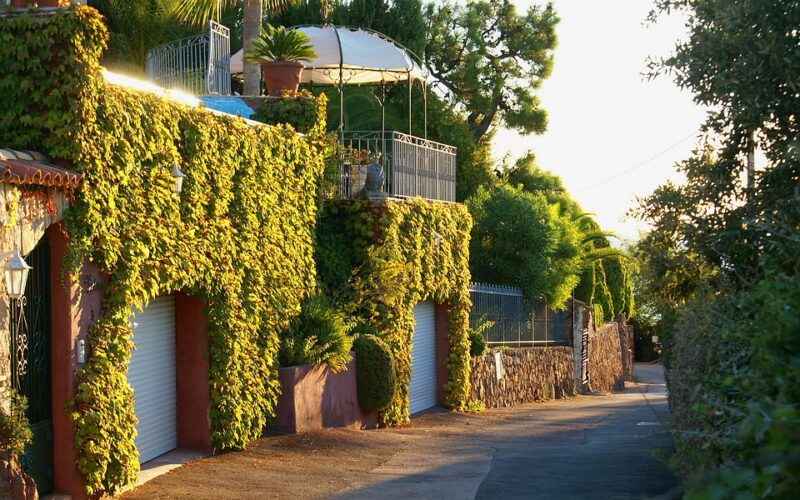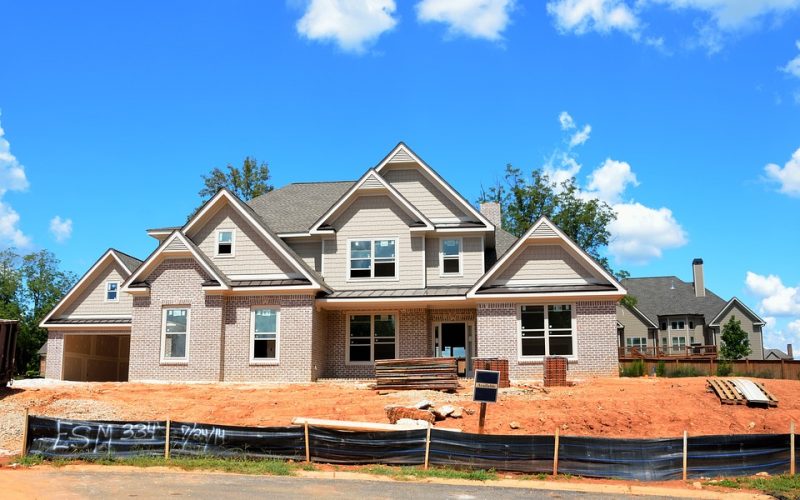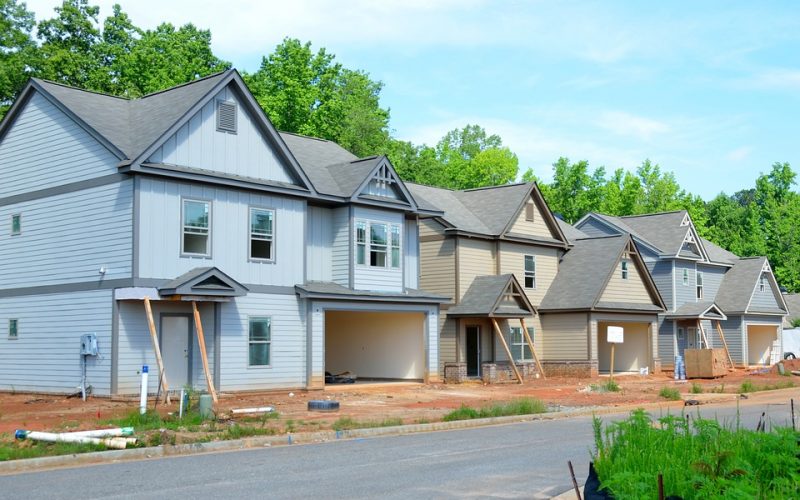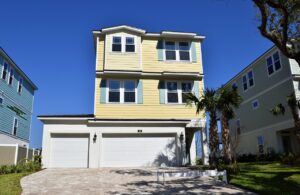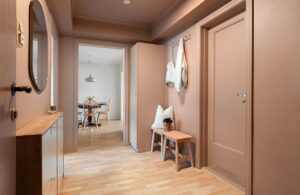Creating a new liveable neighbourhood requires careful planning and a keen understanding of what makes a community thrive. From essential services to recreational facilities, the amenities you incorporate can significantly impact the quality of life for residents.
Access to public transportation
One of the cornerstones of a liveable neighbourhood is its accessibility. Efficient public transportation systems, such as buses, trains, and trams, are crucial. These services should connect the neighbourhood to key areas like business districts, educational institutions, and healthcare facilities. Reliable transportation not only reduces dependency on cars, thereby lowering traffic congestion and pollution, but it also ensures that residents have easy access to essential services.
Quality educational facilities
Education is a fundamental pillar of any community. A liveable neighbourhood should feature a range of high-quality educational institutions including nurseries, primary schools, secondary schools, and even higher education facilities. These institutions should be easily accessible and well-resourced to cater to the needs of families living in the area. Quality education facilities not only attract families to the neighbourhood but also contribute to the long-term growth and development of the community.
Healthcare services
Access to healthcare is indispensable for a liveable neighbourhood. This includes hospitals, clinics, dental practices, and pharmacies. Proximity to healthcare services can make a significant difference in emergency situations and for routine health check-ups. Additionally, specialised services such as mental health support and physiotherapy should be available to address a broad spectrum of healthcare needs.
Green spaces and recreational areas
Green spaces and recreational areas are essential for the physical and mental well-being of residents. Parks, playgrounds, and community gardens offer spaces for relaxation, exercise, and social interaction. These areas should be well-maintained and include facilities such as walking paths, benches, and sports courts. Access to nature within the urban environment can significantly enhance the quality of life, providing a respite from the hustle and bustle of city living.
Retail and dining options
A neighbourhood's vibrancy is often reflected in its retail and dining offerings. A variety of shops, supermarkets, cafes, and restaurants not only cater to the daily needs of residents but also add to the social fabric of the community. Local businesses and markets can create a unique character for the neighbourhood, fostering a sense of community and supporting the local economy.
Community centres and cultural facilities
Community centres and cultural facilities play a crucial role in building social cohesion and offering a space for communal activities. These facilities can host events, workshops, and classes, providing opportunities for residents to engage and connect. Libraries, art galleries, and theatres also contribute to the cultural richness of the neighbourhood, offering residents access to educational and recreational resources.
Safety and security
Finally, a liveable neighbourhood must prioritise safety and security. This involves a well-planned layout with adequate street lighting, well-maintained sidewalks, and secure public spaces. The presence of local law enforcement and community watch programs can also enhance the sense of security among residents. Safe neighbourhoods encourage outdoor activities and foster a sense of trust and community among residents.
Creating a liveable neighbourhood involves a comprehensive approach that considers various amenities. By ensuring access to public transportation, quality education, healthcare services, green spaces, retail and dining options, community centres, and robust safety measures, planners can develop a vibrant and thriving community. These amenities not only enhance the quality of life for residents but also contribute to the long-term sustainability and appeal of the neighbourhood.
